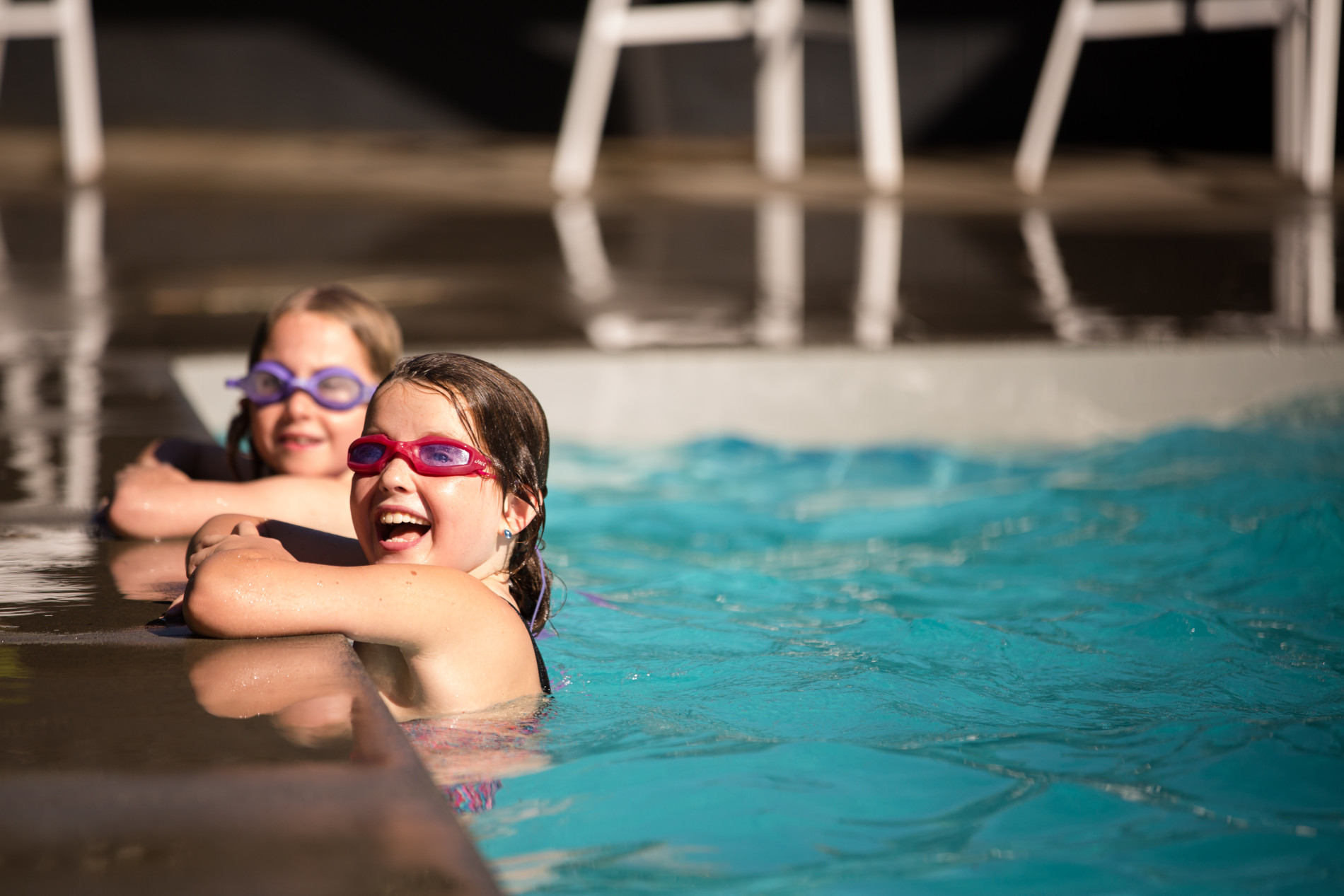Drowning: 5 - 9 Years

How big a problem is it?
Water safety is important at any age, but especially as your children grow and become more independent and confident. Playing games and using water-toys in pools and at the beach poses new safety challenges and opportunities for children to find themselves at risk of drowning.
Who does it affect?
Drowning risk drops steeply from the age group 0 - 4 to the 5 - 9 year age group. But it is still the third-leading cause of death from unintentional injury in children aged 0-14. Every year around eight children die from an unintentional drowning, while around thirty children suffer non-fatal injuries.
Top Tips
Only let children in, on and around water when you are free to supervise them at all times, without any distractions (including your phone).
To restrict access to water, use four-sided pool fencing (1.2m high) with a self-closing, self-latching gate.
Teach children from a young age how to be safe around water, and the importance of swimming between the flags at the beach.
Enrol your child in swimming lessons as soon as you feel they are ready.
First Aid
Your first priority is to get a drowning child out of the water as quickly as possible. If they aren’t breathing, place them on their back on a firm surface and start CPR.
Follow Drs ABCD to start CPR
• Call 111 or ask someone to call for you if you are not alone.
• Do not stop performing CPR until medical help arrives and takes over.
Follow Drs ABCD for start CPR
D Dangers? Check for any dangers to yourself such as electricity or traffic.
R Responsive? Check responsiveness by calling loudly and shaking the child's arm.
S Send for help. Dial 111 and confirm an ambulance is on its way. Use the appropriate emergency number in other countries.
A Airway. Open the airway by moving the head into a neutral position and lifting the chin. Do not tilt the head back too far.
B Breathing. Look and feel for movement of the lower chest and stomach area. Listen and feel for air coming from the nose or mouth.
C CPR. If the child is not breathing, start CPR - 30 compressions to 2 breaths. Put the child on a firm surface. Place 2 fingers of one hand (for a baby) or the heel of one hand (for a child) in the centre of the chest just below the nipples. Push down hard and fast 30 times in about 15 seconds (push down one-third of chest depth).
Once you have completed 30 compressions (pushes) on the chest, breathe into the baby's mouth 2 times. Seal your lips around the baby's mouth and nose. For a child over 1, you may need to breathe into their mouth and pinch their nose closed. Gently puff into the child until you see their chest rise.
Continue with the cycle of 30 chest compressions and 2 breaths until the ambulance arrives.
D Defibrillator. Attach defibrillator as soon as available and follow prompts.
Link to Safekids' resources
Download Drowning reference card
Water Safety Injury Prevention Resources
Links to other organisations’ resources
Water Safety NZ Toddler and Babies Water Safety Advice
Safety Guidance for Pool Owners | Building Performance
Drowning Prevention - WaterSafe
This page includes a link to KidsHealth and a page containing the Basic Life Support Flow Chart. The Basic Life Support Flow Chart is developed by the New Zealand Resuscitation Council and Australian Resuscitation Council. For more information see www.nrc.org.nz
